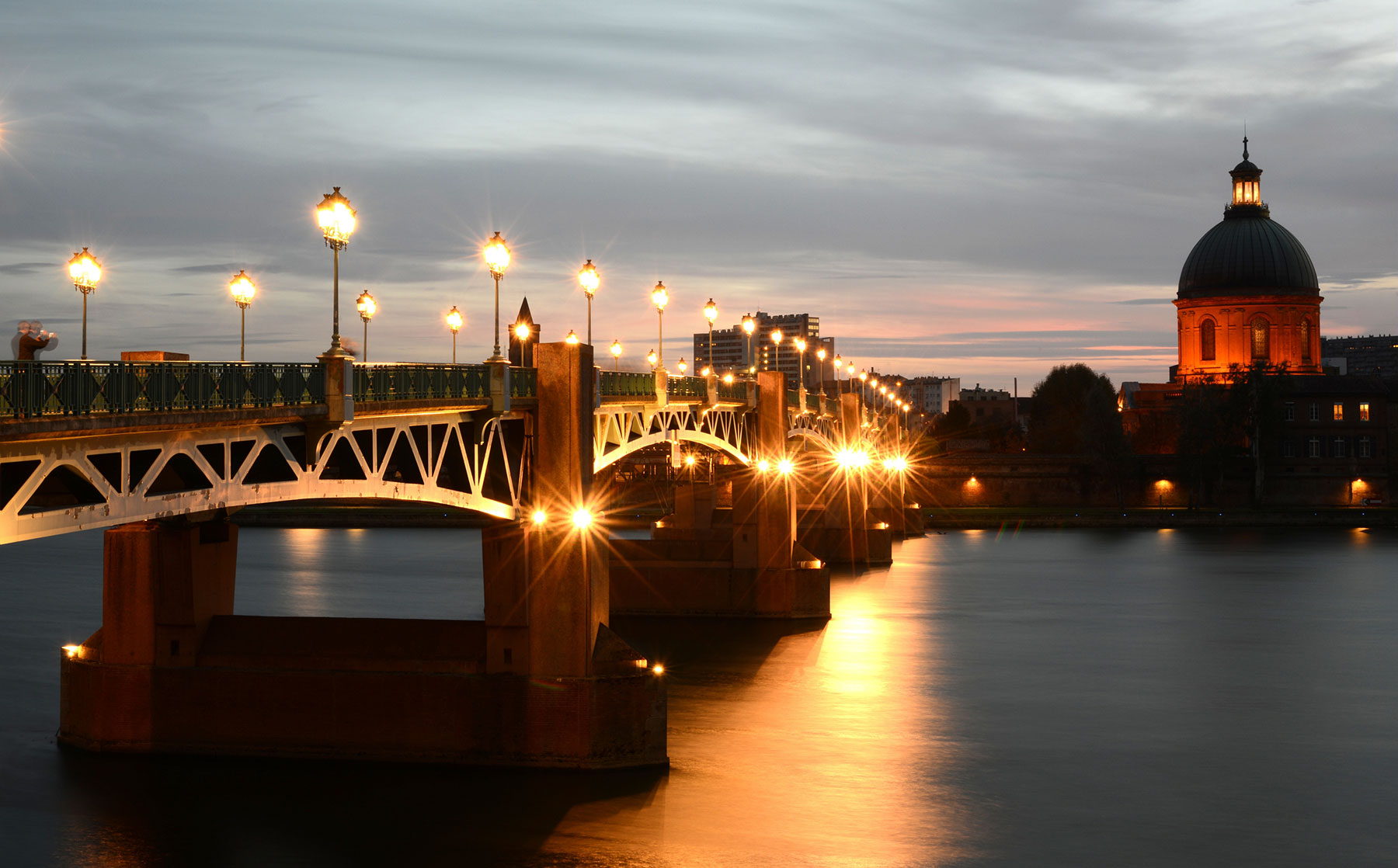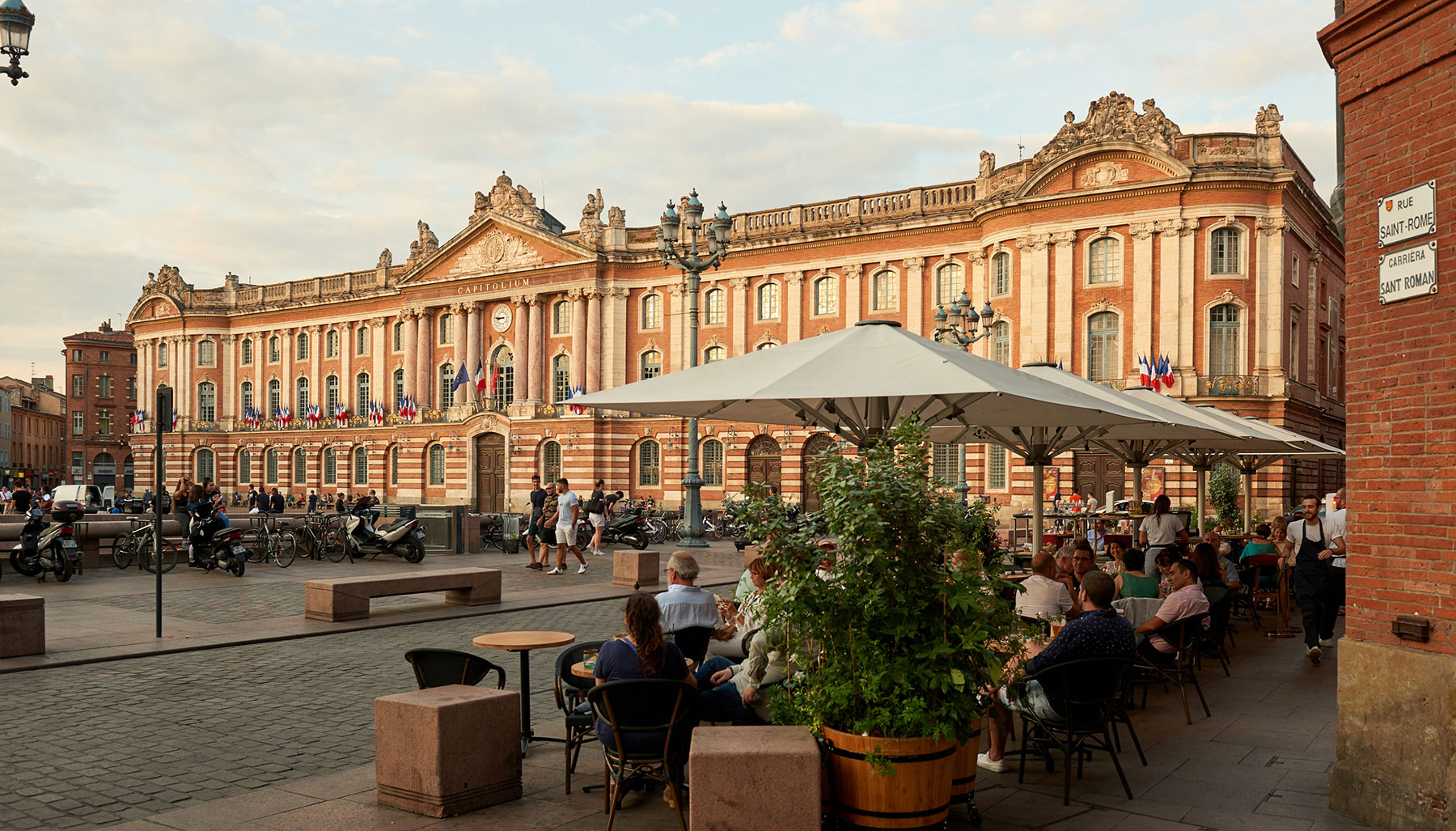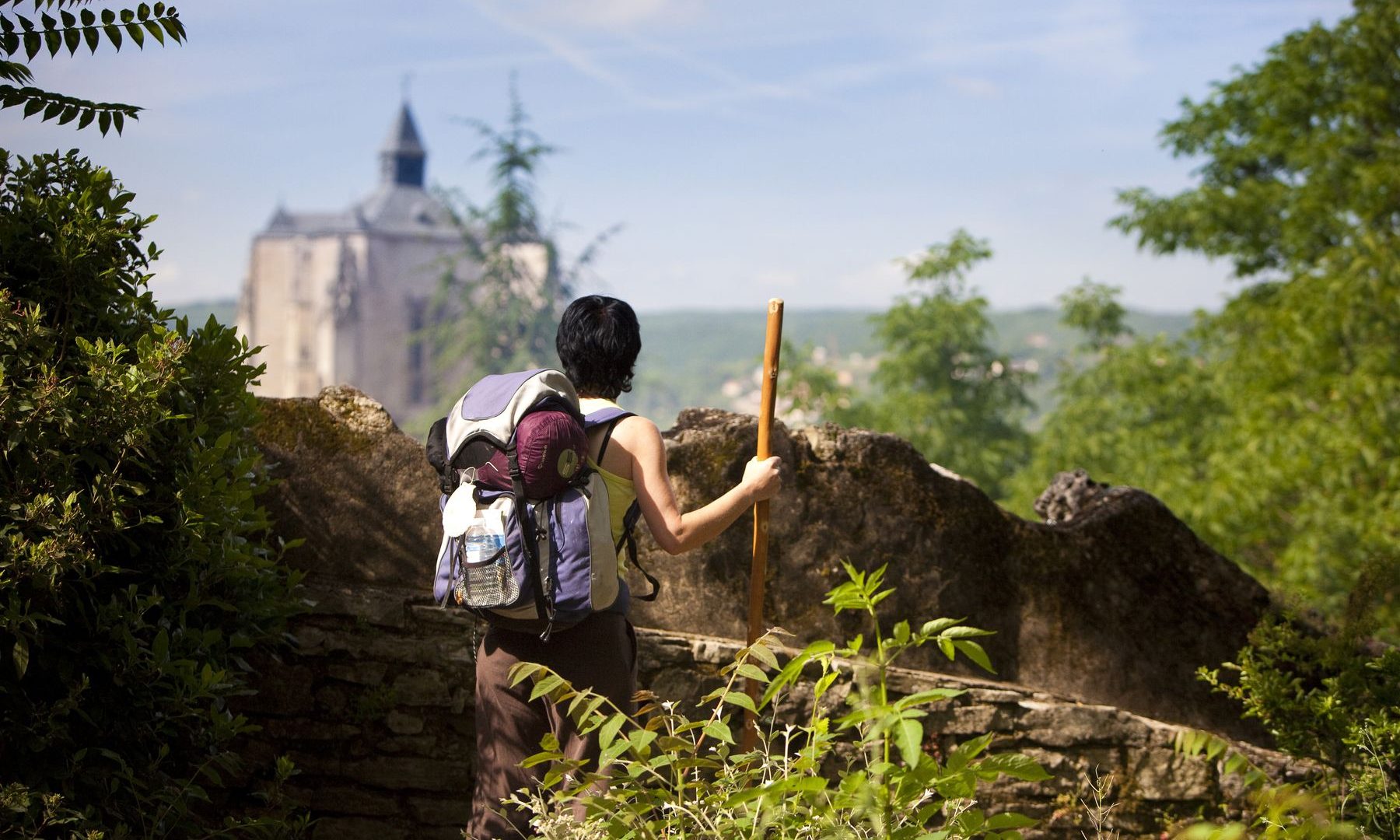Set off on the Compostela paths by taking the Conques-Toulouse route. This still little frequented route will allow you to live a unique experience, discovering a welcoming rural country. Ideal for a first experience of roaming or to discover a path still unexplored!
A historic path
The road from Conques to Toulouse crosses four departments on 230 kilometers : Aveyron, Tarn-et-Garonne, Tarn and Haute-Garonne. It makes it possible to connect two major historical routes, the “Via Podiensis” starting from Conques to reach the “Via Tolosana” In Toulouse. From the end of the 13e century at least, many pilgrims and travelers prefer this route crossing the Lower Rouergue. Currently, it corresponds to GR®62b, GR®36 et GR®46. Walkers on this route cross a variety of landscapes between valleys, plateaus and gorges of the Aveyron and a rich heritage at the heart of Bastides.
The stages of the road to Compostela
From Conques to Toulouse, take ten stages in the heart of Occitania! Pass through towns and villages of character, bastides with remarkable architecture, Grand Sites Occitanie or even the most beautiful villages in France.
| Steps | Towns | km | Hours | Accumulation |
|---|---|---|---|---|
| Step 1 | Conques – Cransac-les-Thermes | 22 | 6h | 22 |
| Step 2 | Cransac-les-Thermes – Peyrusse-le-Roc | 21,6 | 6h | 43,6 |
| Step 3 | Peyrusse-le-Roc – Villeneuve d'Aveyron | 16,1 | 4h | 59,7 |
| Step 4 | Villeneuve d'Aveyron – Villefranche-de-Rouergue | 13,1 | 3h | 72,8 |
| Step 5 | Villefranche-de-Rouergue – Najac | 23,4 | 6h | 96,2 |
| Step 6 | Najac – Cordes-sur-Ciel | 26 | 6h | 122,2 |
| Step 7 | Cordes-sur-Ciel – Gaillac | 32,2 | 8h | 154,4 |
| Step 8 | Gaillac-Rabastens | 25,6 | 6h | 180 |
| Step 9 | Rabastens – Montastruc-la-Conseillère | 24,5 | 6h | 204,5 |
| Step 10 | Montastruc-la-Conseillère – Toulouse | 27 | 7h | 231,5 |
A 10 day adventure from Conques to Toulouse
1. Conches
An essential place of pilgrimage on the way to Santiago de Compostela, Conques is a village of character that will fascinate your eyes. Conques Abbey, registered at world heritage by UNESCO, welcomes thousands of pilgrims from all over Europe every year. You can admire its contemporary stained glass windows made by Pierre Soulages neighborhoods, are the ear-drum of the last judgment as well as the treasure of the majesty Holy Faith, in gold and precious stones.
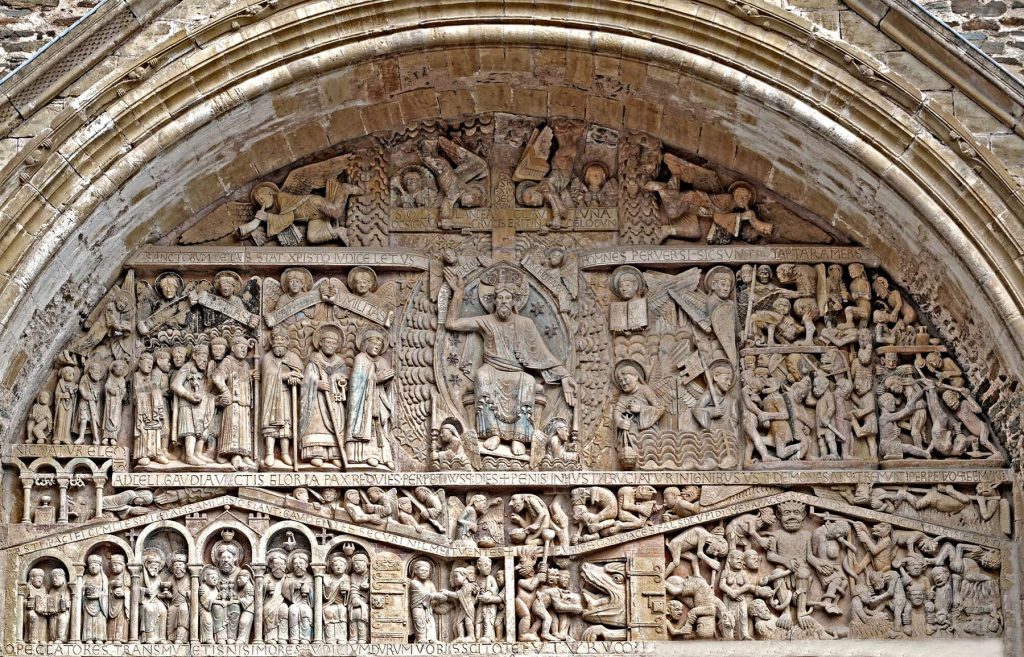
2. Cransac-les-Thermes
Relaxation guaranteed in Cransac-les-Thermes, Spa unique in europe thanks to the hot natural gases of the burning mountain, "Lou Puech que Ard" in Occitan. Beyond its relaxing effects, the vapors can relieve rheumatism. Cransac was also a mining site important during the industrial revolution.
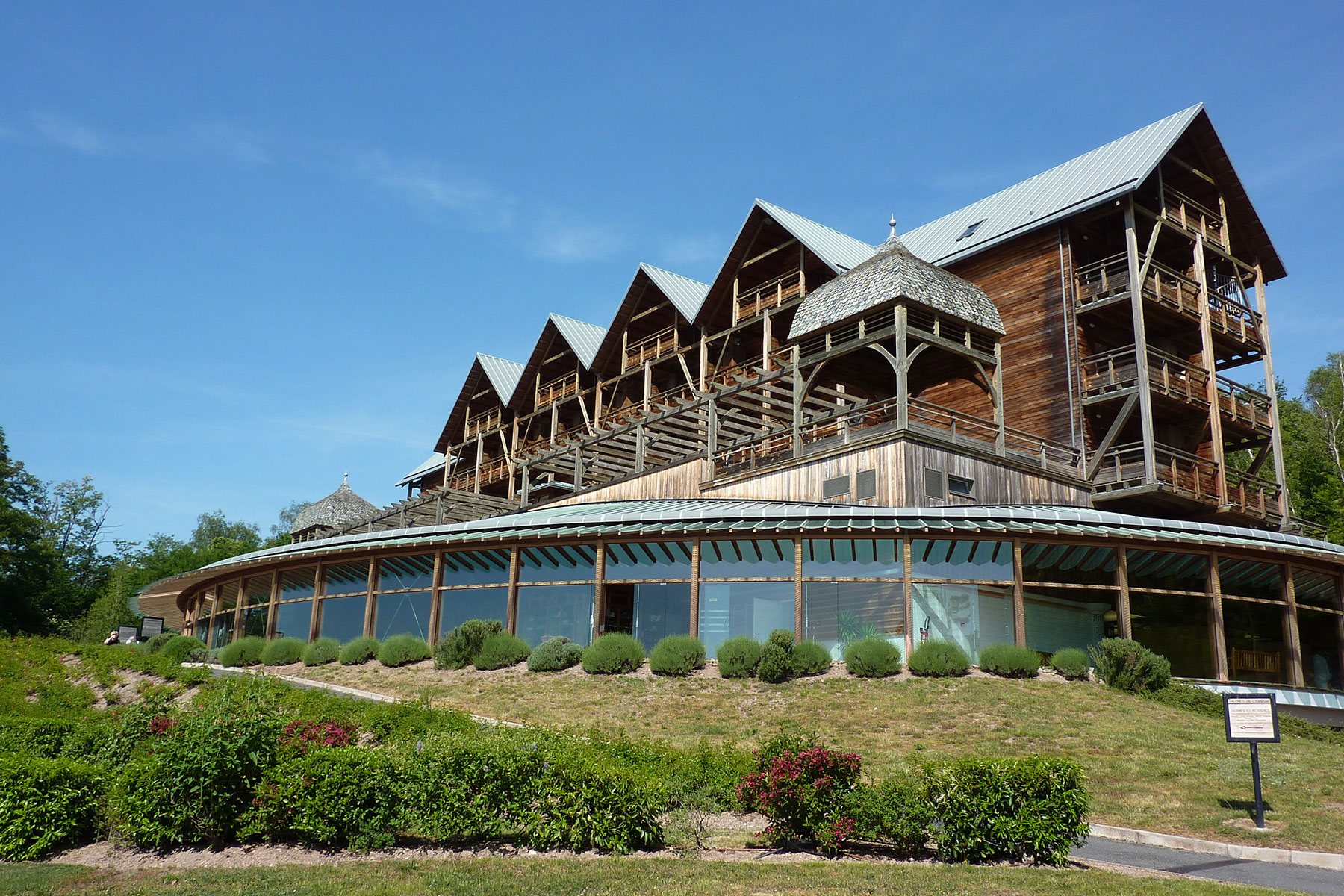
3. Peyrusse-le-Roc
Peyrusse-le-Roc is a breathtaking village with its two large towers overlooking the valley. You will discover the ruins of the English hospital, a large church, a synagogue and two castles on the way to continue towards Naussac along the Audiernes stream.
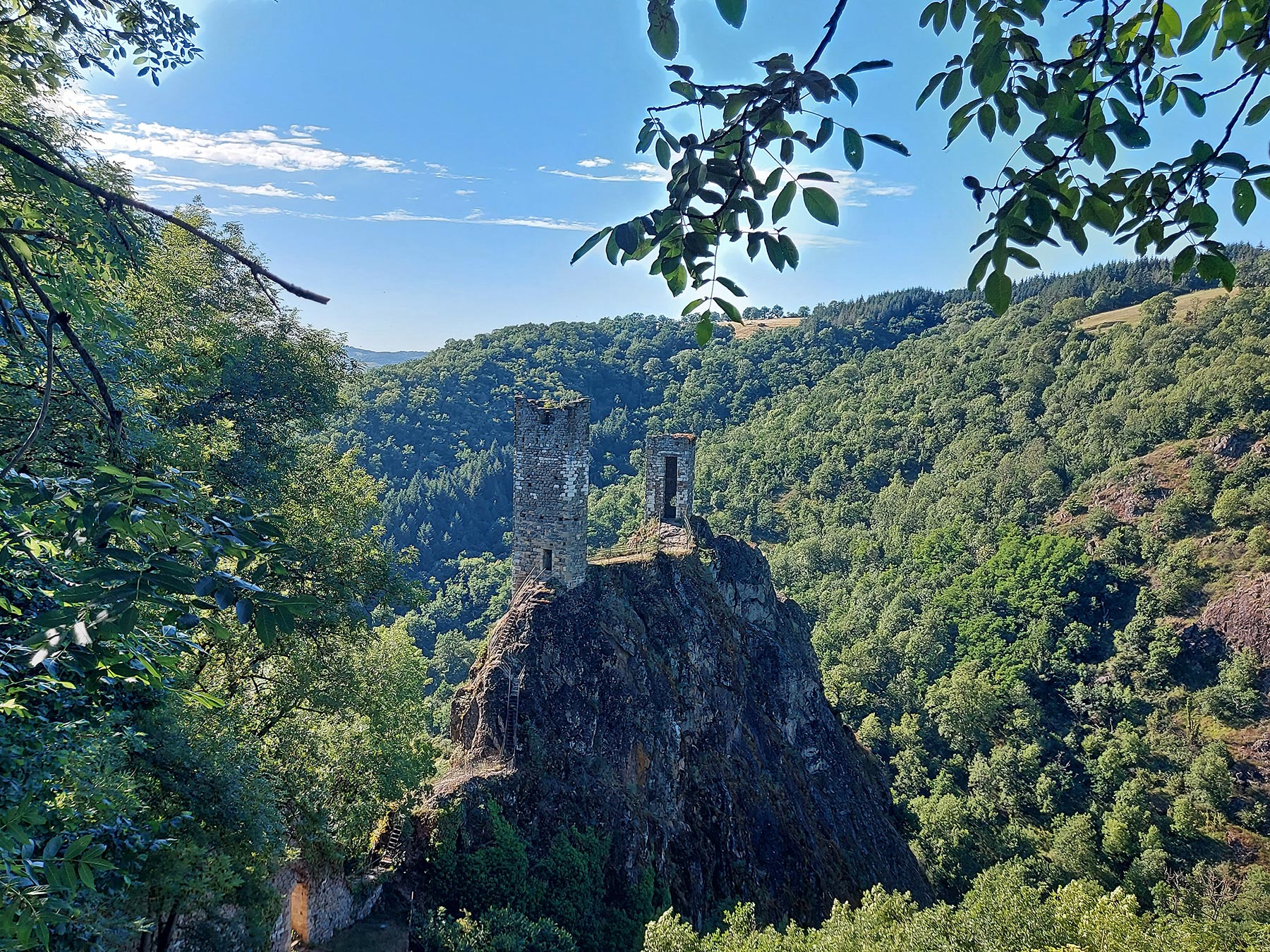
4. Villeneuve d'Aveyron
Magnificent rescue that became a bastide in the XNUMXth century, Villeneuve d'Aveyron, capital of the Causse, has an exceptional architectural heritage. Don't miss the murals of Holy Sepulcher Church. These represent Saint James and the miracle Hanged Man depended, but above all on the pilgrims themselves on the way.
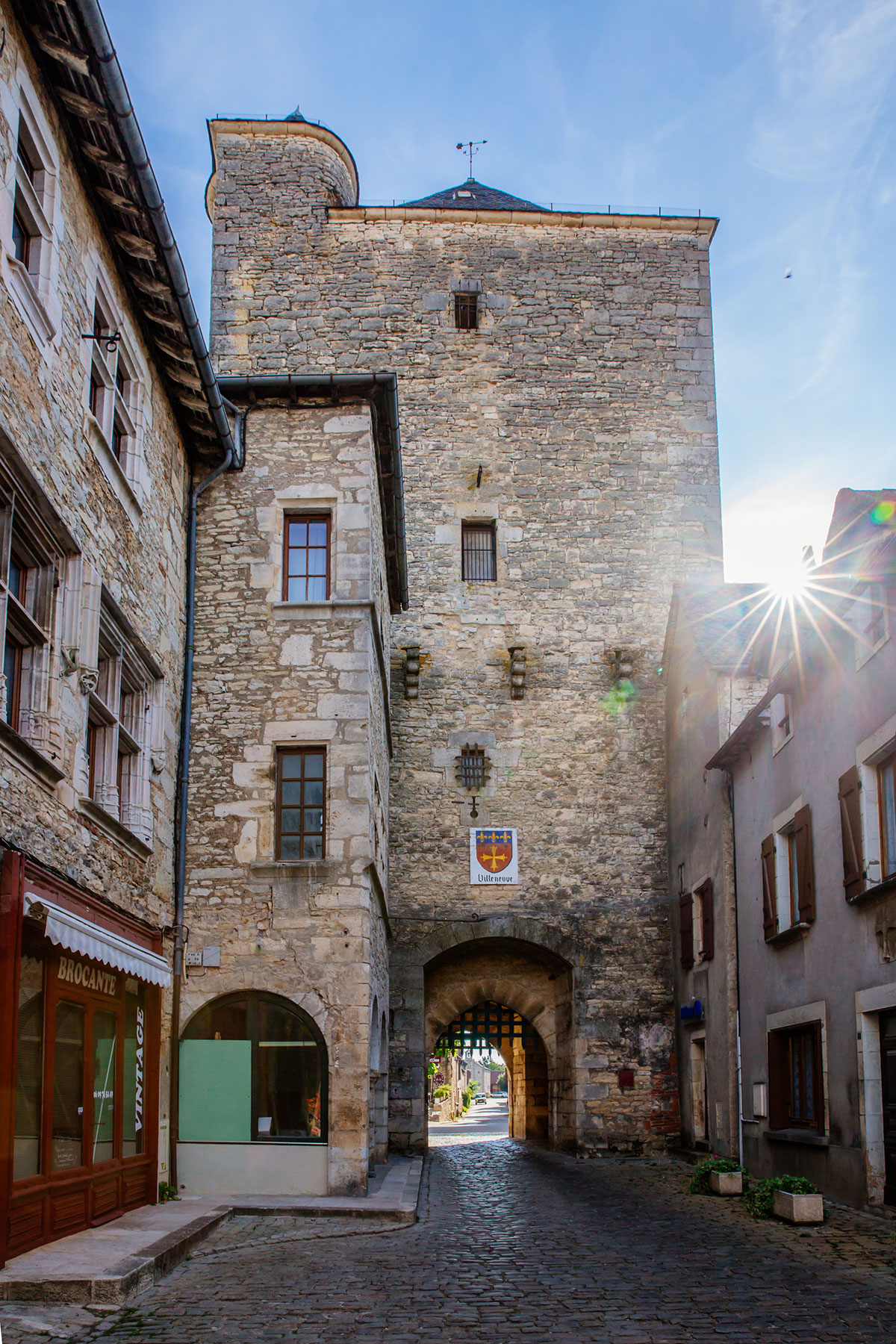
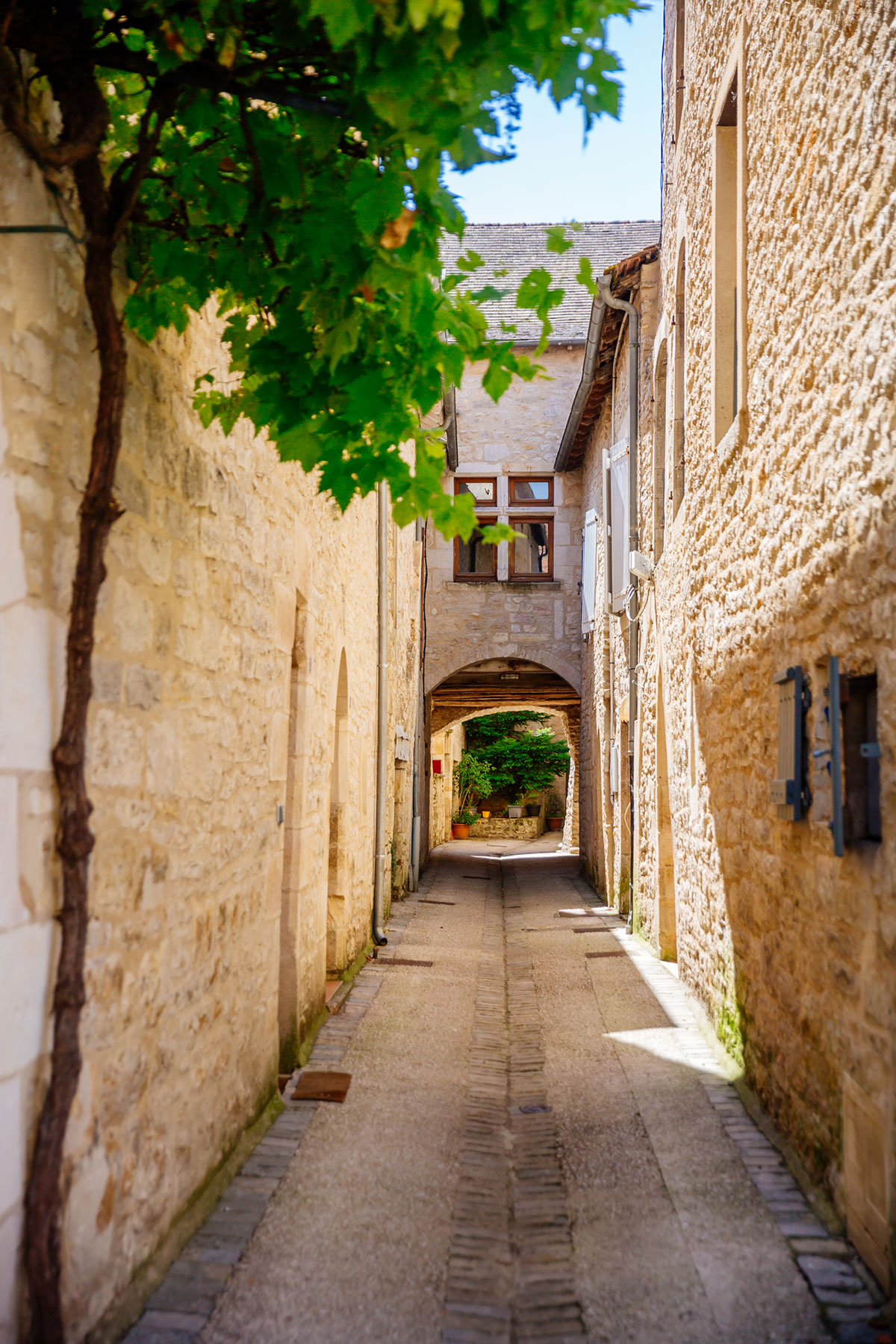
5. Villefranche-de-Rouergue
Arriving from Villeneuve, you will have a magnificent view of the bastide town of Villefranche-de-Rouergue and collegiate. The latter overlooks Place Notre-Dame, lively and lively on Thursday mornings during the weekly market. In the past, pilgrims were accommodated at the Saint-Jacques hospital. In 1455, a Chapel is built on the site of the hospital. You can also enjoy a visit to the Chapel of the Black Penitents and Chartreuse Saint-Sauveur, emblematic monuments of Villefranche-de-Rouergue.
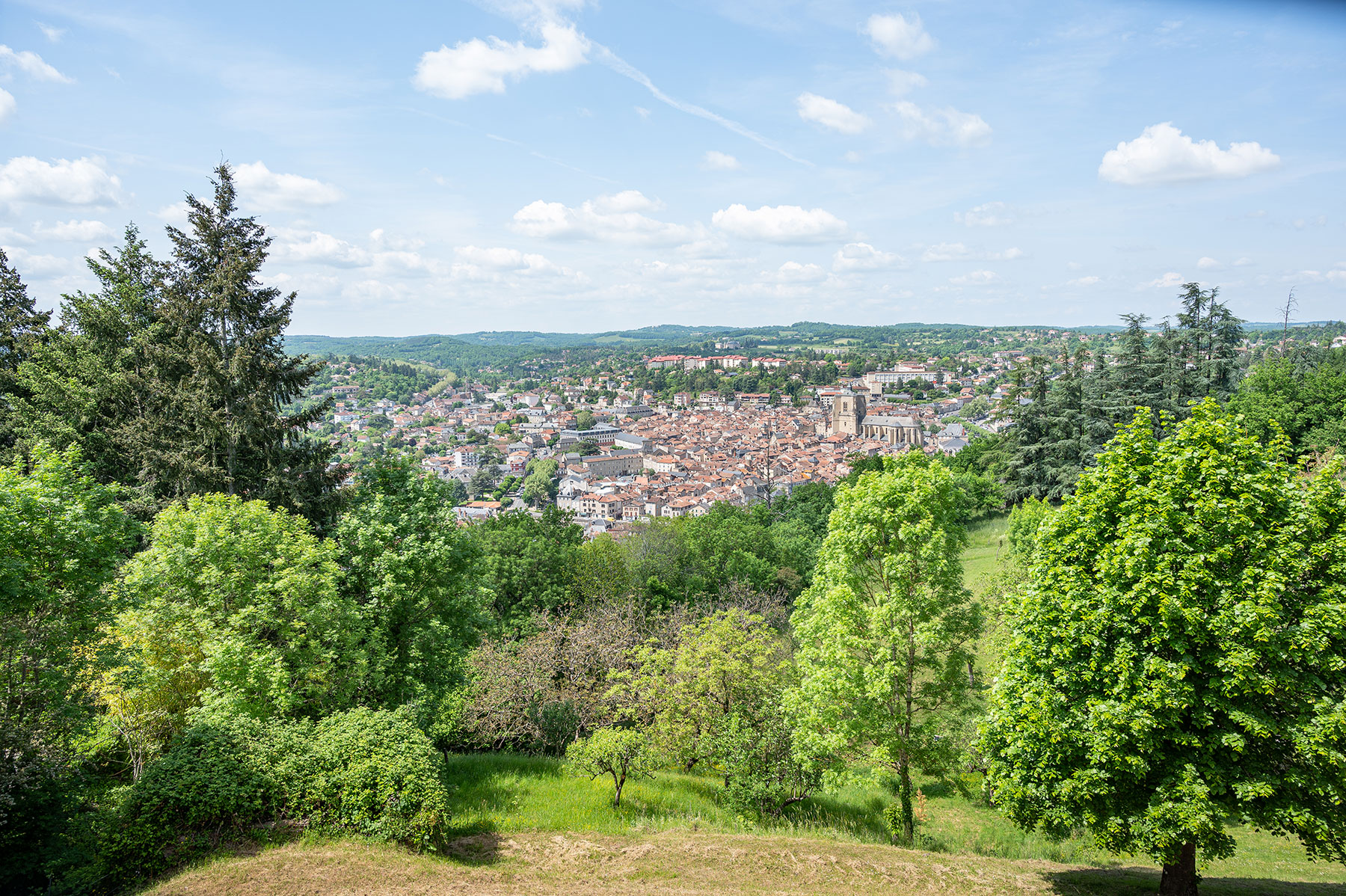
6. Najac
Being part of "Most beautiful villages in France", Najac is impressive with its royal fortress built on a rocky promontory. It is from this point that you can admire the famous gorges of Aveyron. During your visit to the village, you will be able to discover the specificities of the territory at the Governor's House and enjoy a guided tour of the fortress before setting off again.
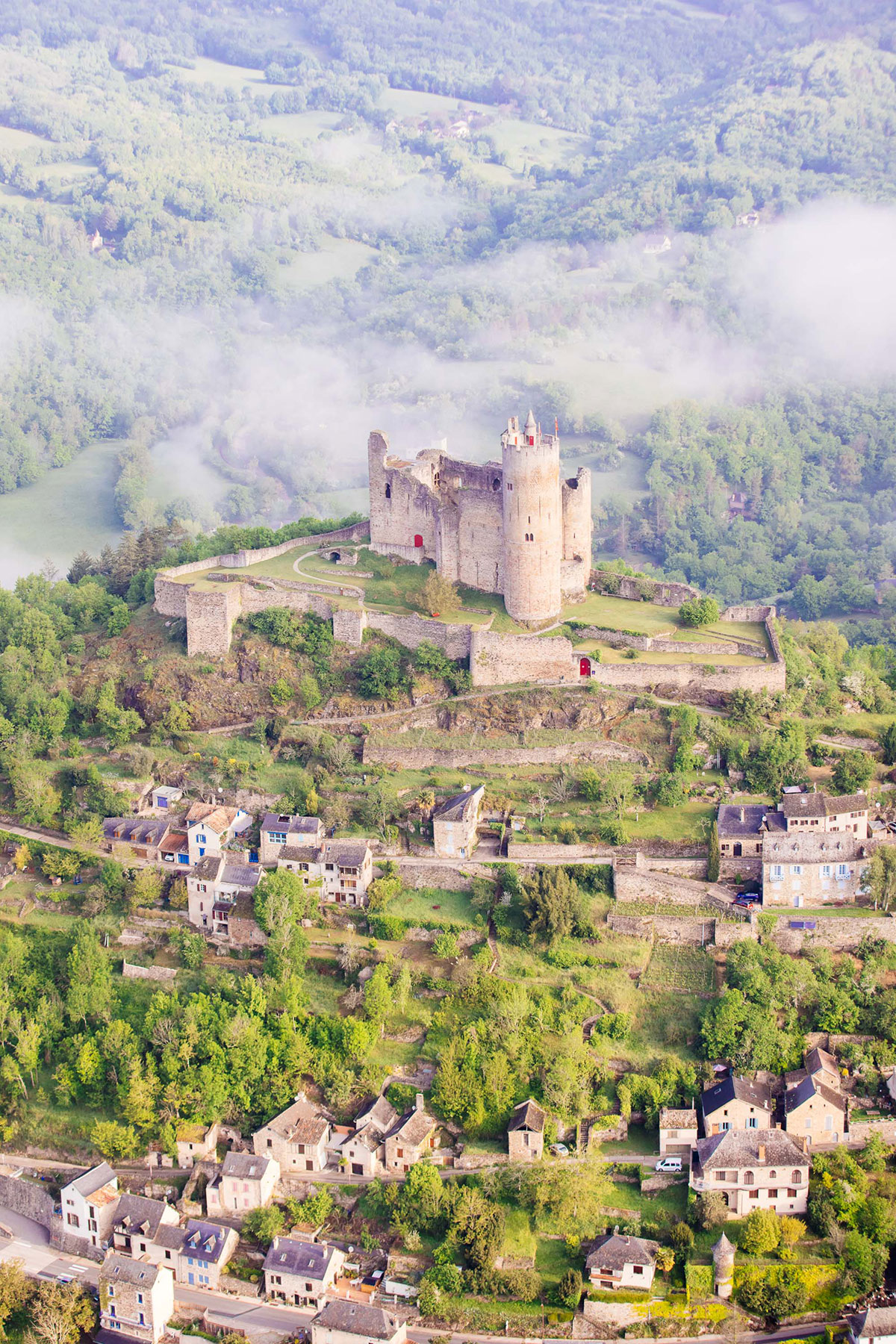
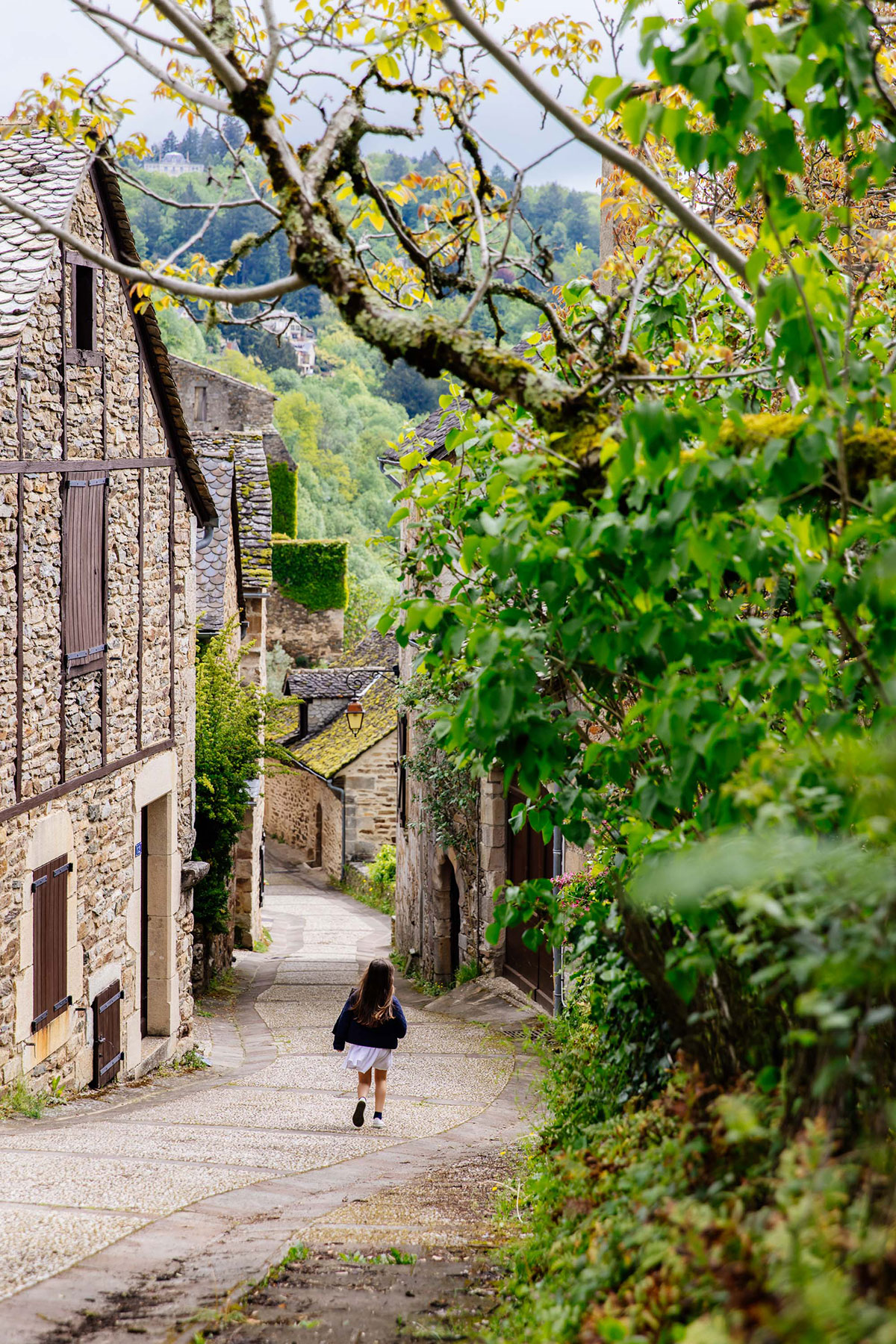
7. Cordes-sur-Ciel
The effect when arriving at Cordes-sur-Ciel is breathtaking. This bastide, also classified among the "Most beautiful villages in France", is perched on a hill overlooking the Cérou valley. You can stroll through the steep and steep streets of the village and admire the Gothic facades, the ramparts or the fortified gates, witnesses of an architectural richness.
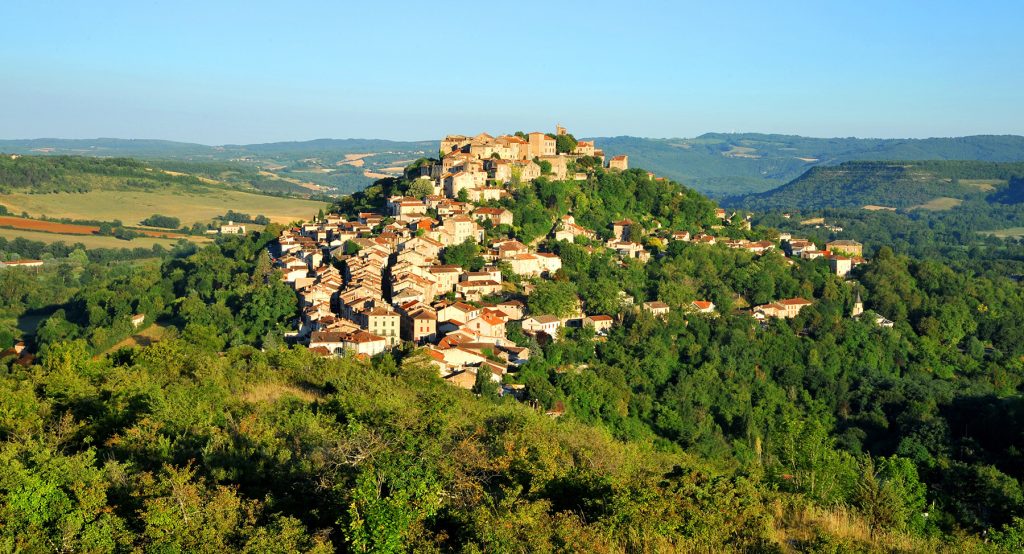
8. Gaillac
Gaillac owes its notoriety to the quality of its wines. The village also hosts Saint Michael's Abbey, now used as Abbey and vine and wine museum. In the Portanelle district, you can discover corbelled, half-timbered, brick and pebble houses, typical of the architecture of the banks of the Tarn. Take a tour of the Château de Foucaud to contemplate the works of the fine arts museum and its Italian garden.
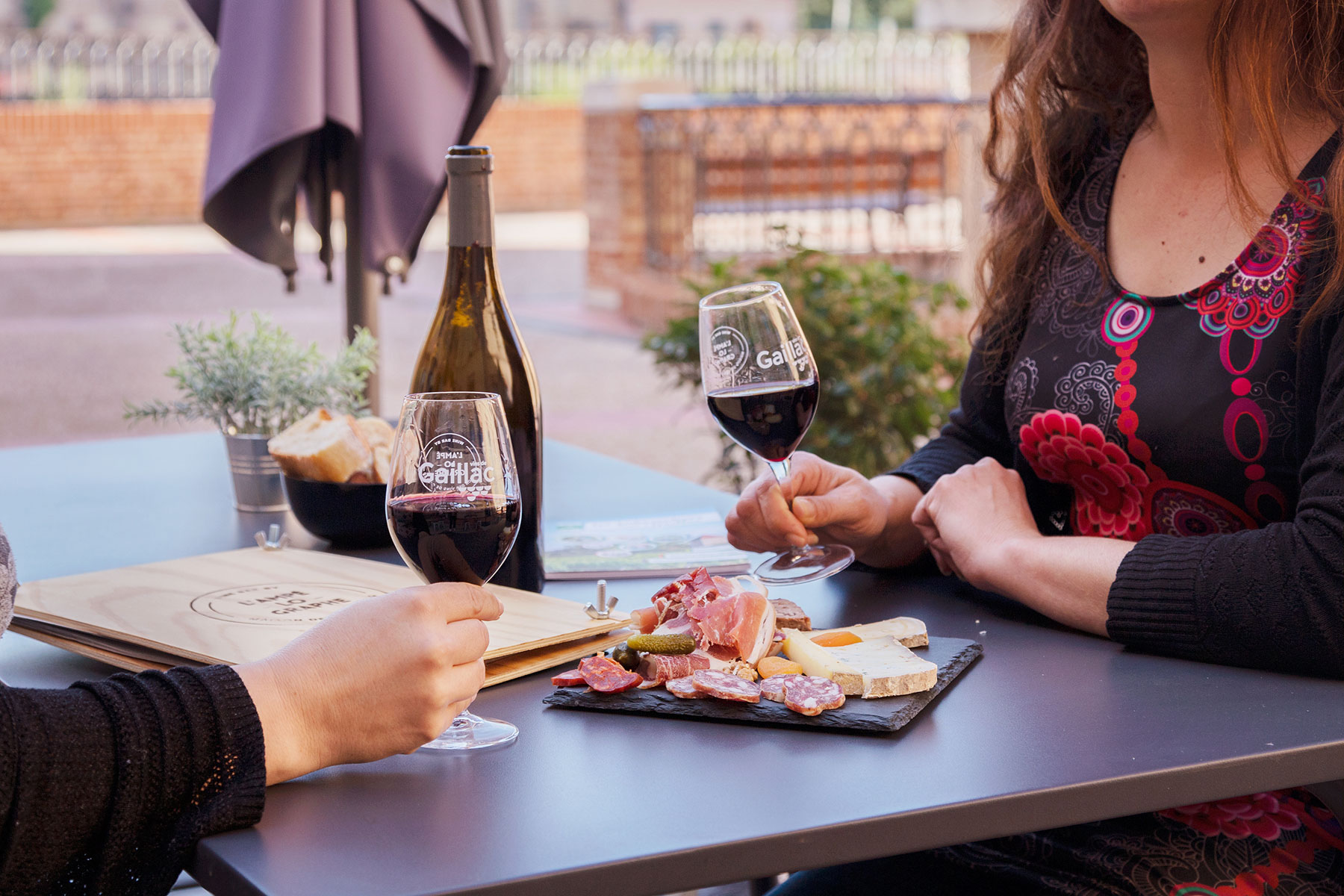
9. Rabastens
Rabastens is a colorful village with its ubiquitous brickwork. During the visit of the village, discover its typical alleys and then stop at the Church of Notre-Dame du Bourg, listed as a UNESCO World Heritage Site. You can admire its nave entirely painted with representations of the apostle.
10. Montastruc-la-Conseillère
Montastruc-la-Conseillère is a bastide founded in 1242. It is established on the hillsides between the plains of the Garonne valley and that of the Tarn.
11. Toulouse
Finally, the city of Toulouse is nicknamed "pink city" because of the color of the terracotta brick found on its facades. You can discover the Basilica of Saint-Sernin, one of the largest preserved Romanesque churches in Europe, listed as a UNESCO World Heritage Site. The path continues, at this stage, on the road from Toulouse to Compostela.
